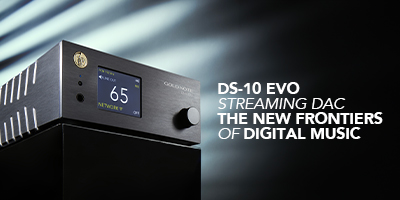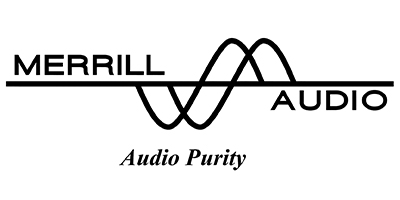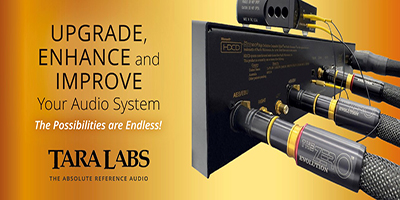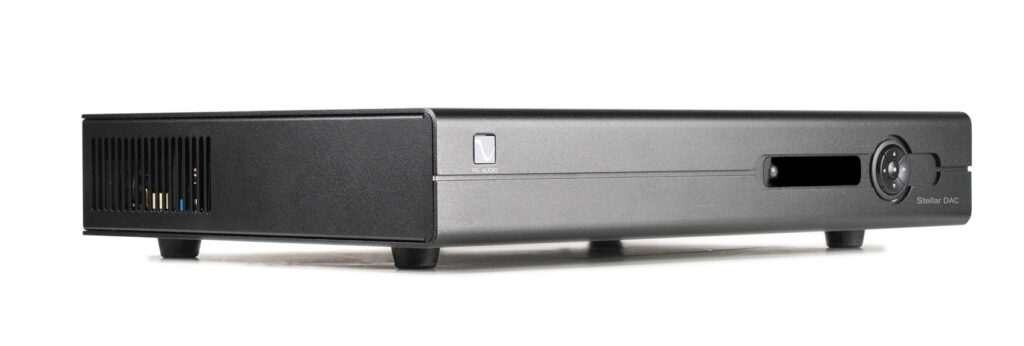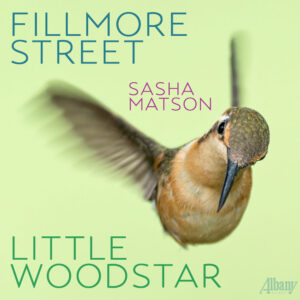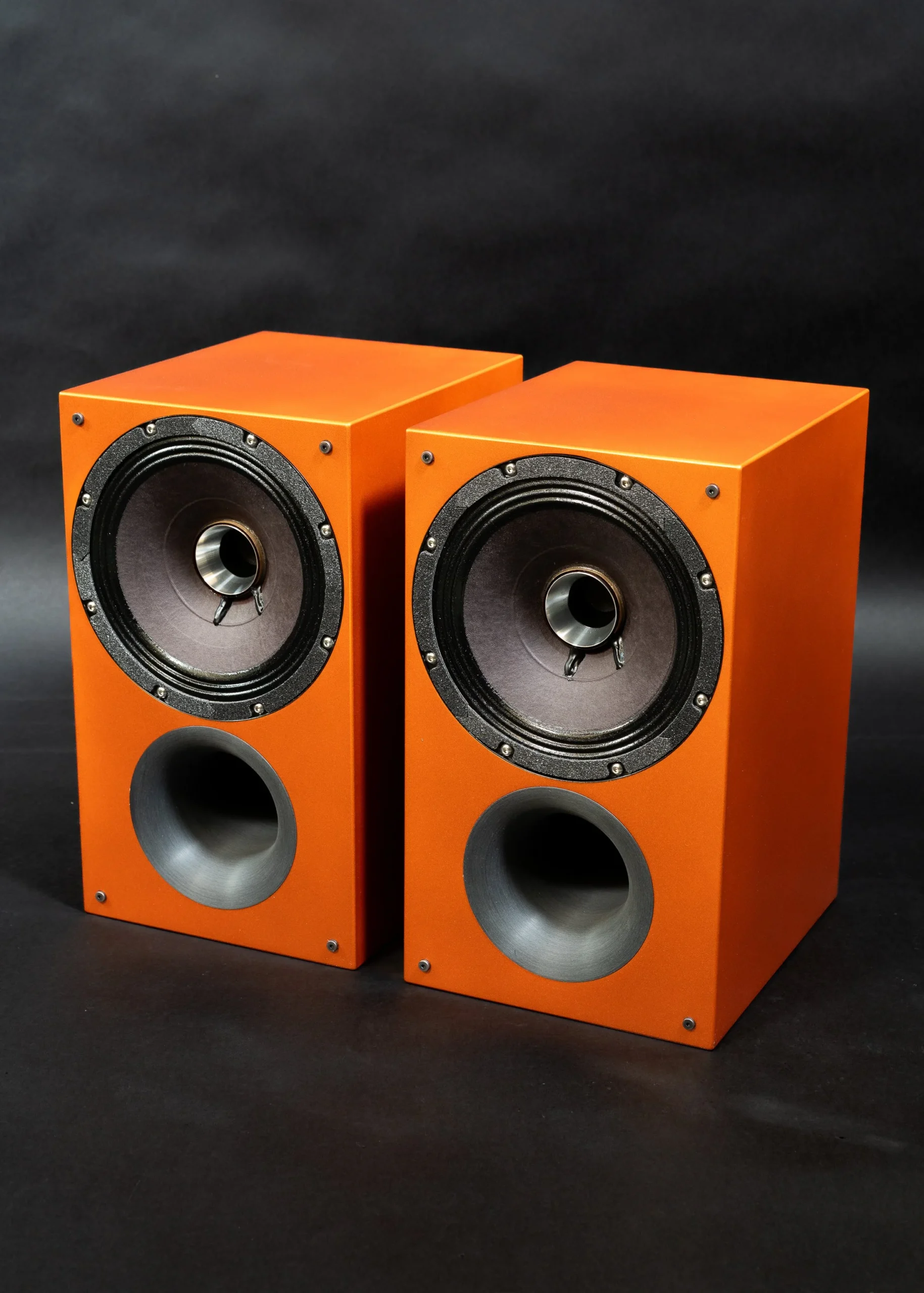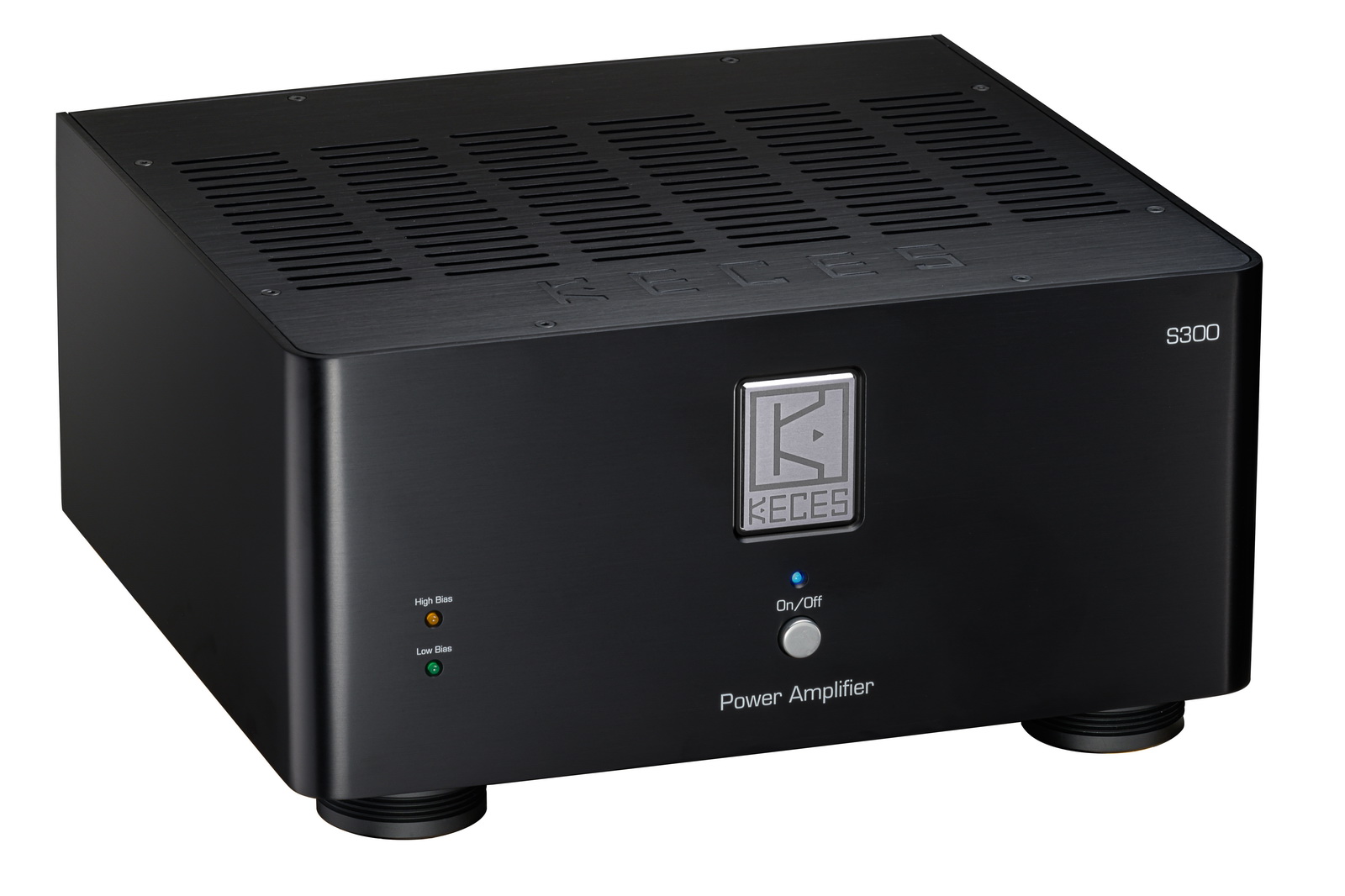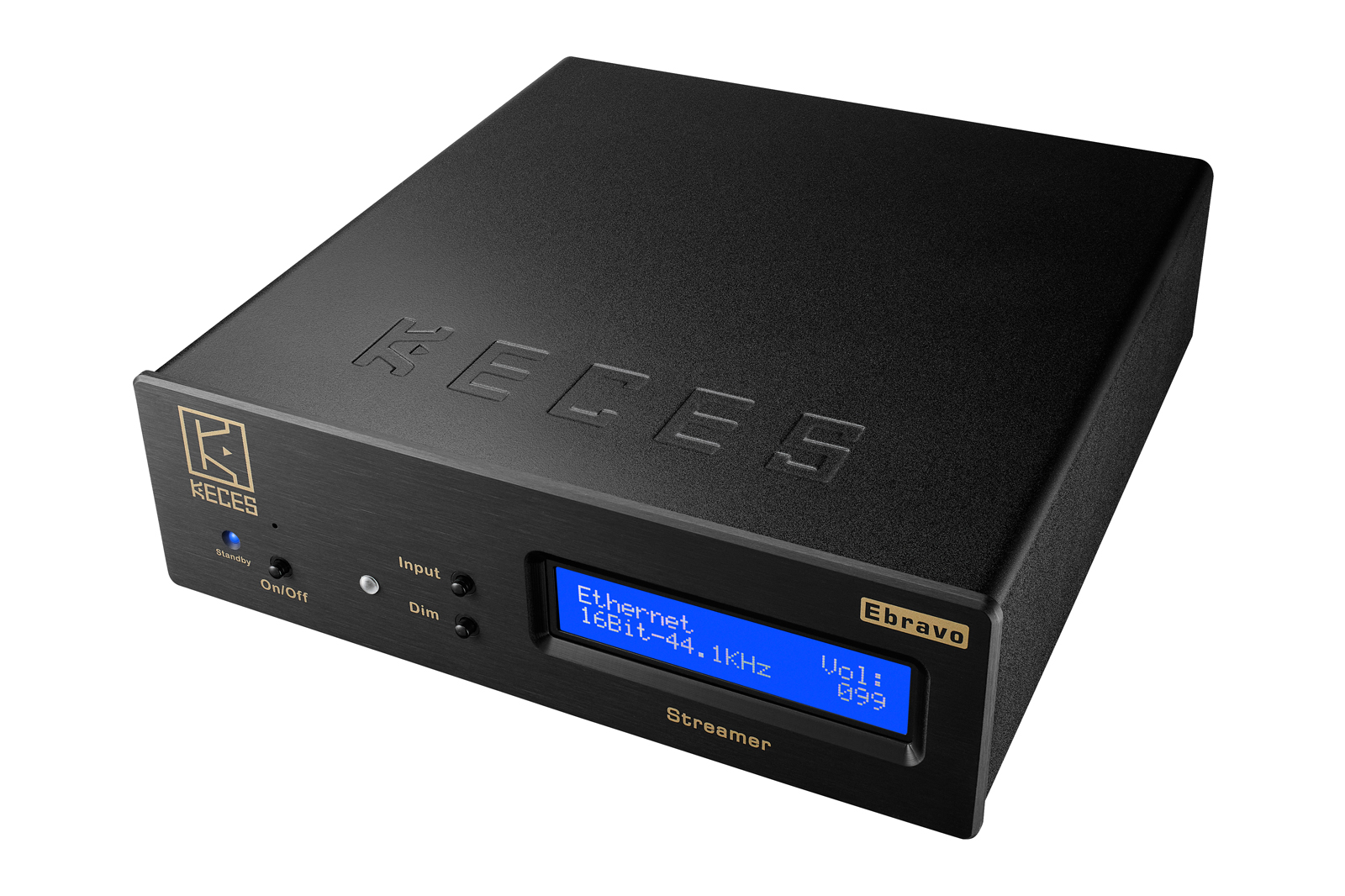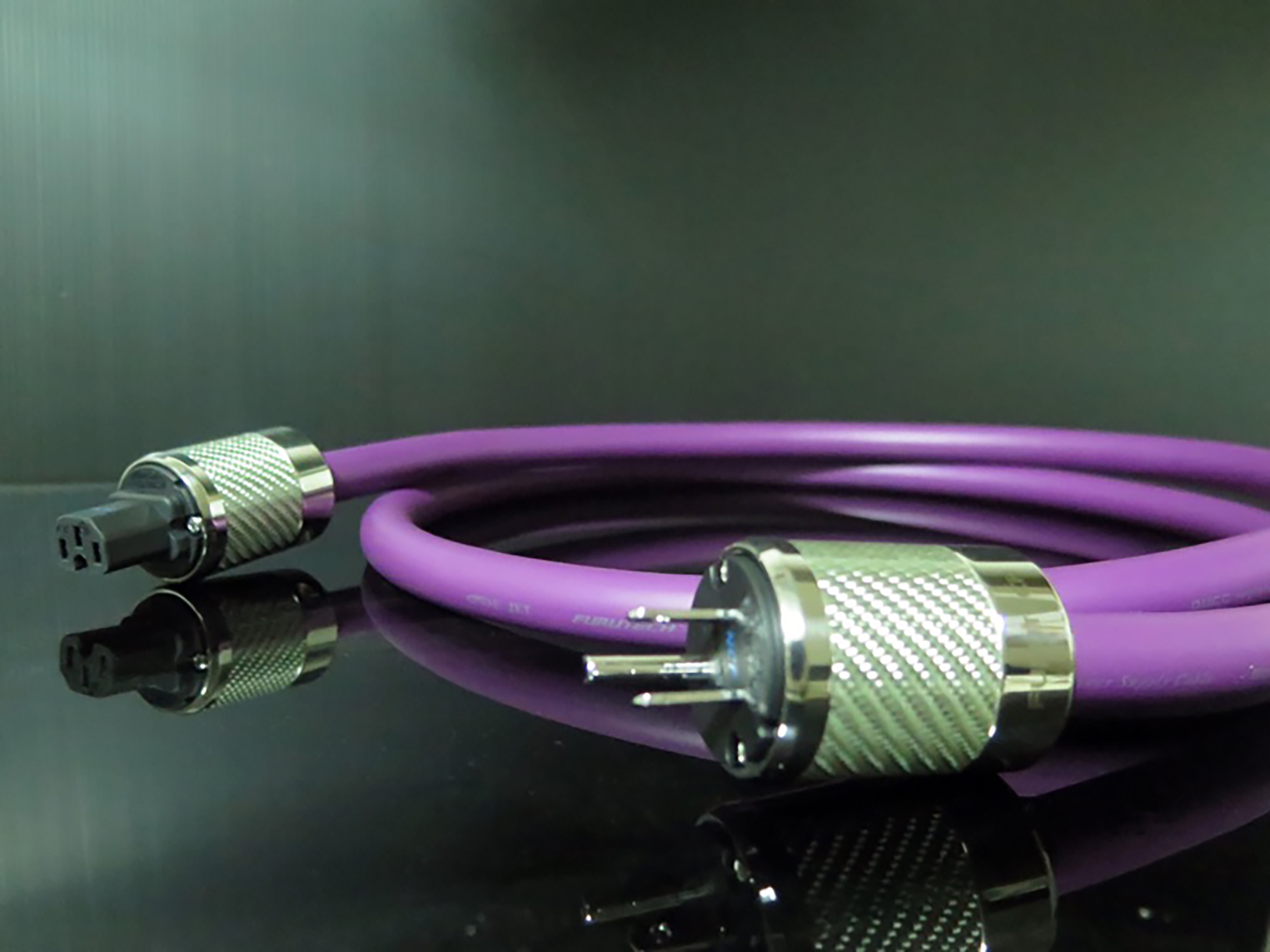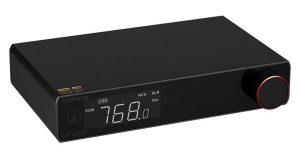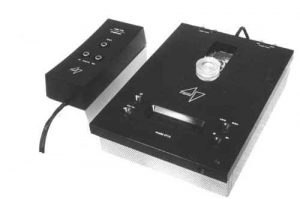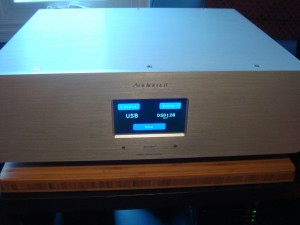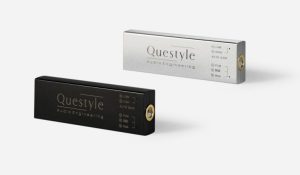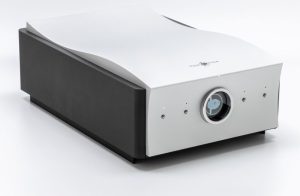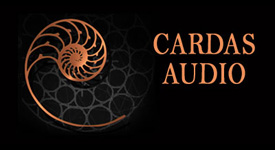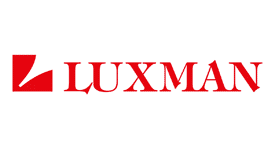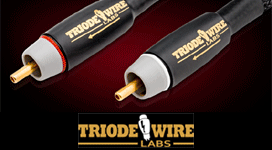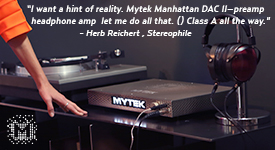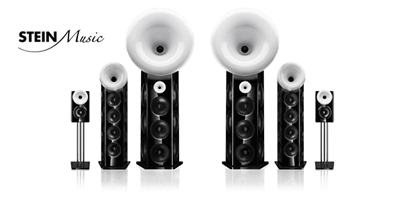Kapow! Right in the noggin! Wobbling like a UFO saucer in the finest Ray Harryhausen tradition, the record sailed crazily in the air, then jetted straight into the hapless boy's forehead. Score! A direct hit! The lesson here was, while some may argue about a Dynaflex record's sound quality, it's pretty tough to dodge in-flight.
Long before my record collecting morphed into audiophilism, I had the brilliant idea to haul a large trash bag of records bought at garage sales to a friend's garage, where we would hang out, tell lies and insults, and listen to records stacked in the record changer. Unsupervised ten-year-olds have incipient violence hardwired in their DNA, however, so it wasn't too surprising when combatants from all quarters started whipping records around with abandon, just to see if they'd break. This quickly escalated into a free-for-all record fight, no quarter asked nor given. Reliable 33 1/3 records were the infantry staple, with 45's used as essential small arms support. 78s were the best because they threatened maximum impact if they hit the target, and they also produced a stupendous firestorm of shellac when they detonated on impact against the rafters. In the aftermath, the garage floor was covered from the battle's shrapnel. Who knows how many RCA Red Seals, first pressing Sinatra's, or pristine Kind of Blues lay scattered among the ruins of records I had bought indiscriminately in bulk? It was glorious, insensible idiocy, with hardly any serious injuries.
The honest truth, however, is that the mayhem of vinyl on the garage floor was a harbinger for things to come. When digital music playback made its advance, CDs, and then downloads, disintegrated more vinyl collections than any pack of feral adolescents could do on a good day. Early DACs couldn't help but impress with their seemingly infinite ability to focus in on the elements of music—kick drum here, and high-hat there, here a bass, there a face, everything is in its place. Rendering each detail with greater clarity is something that I applauded as a sonic upgrade. No pops, no speed wobbles, no skips-what more could I ask for?
Apparently, quite a lot. I quickly joined other perpetually discontented audiophiles and complained about how harsh and anemic DACs sounded. I clamored for DACs that sounded like tape players, or good turntables at the very least. Manufacturers pivoted, and eventually produced a flood of "analog" rich DACs that are, frankly, set your phasers on Dull. Since then, digital audio has zigzagged from trying to extract everything, no matter how unpleasant, to adding filters sweeter than a Vermont maple dog. Over the years, I've listened to a string of DACs (mostly budget imports, but also many fine DACs reviewed here). For the most part, even the cheap ones do a decent job with well recorded music, but long-term listening always reveals the shortcomings. Playing digital music that hits that "just right" mark requires greater refinement. Cue the music, therefore, for the new Stellar DAC from PS Audio.
PS Audio, of course, needs no introduction for Positive Feedback readers. For over half a century, the company has received awards and enthusiastic reviews for its full stable of audio products (loudspeakers, amps, power regenerators, and much more). PS Audio claims to have made the first standalone digital-to-analog converters and boasts over 30 years of experience as a manufacturer of DACs. Audio is a tough place to make a living, and even the seemingly untouchable heavyweights are going under or being gobbled up by bigger fish (looking at you, HK!). Paul McGowan, industry leader and CEO of PS Audio, has made sure that the PS Audio ecosystem offers a comprehensive range of products at a variety of price points, even producing its own music downloads of talented new artists, impeccably recorded.
The Stellar DAC on review is currently PS Audio's least expensive DAC, retailing for $2199 USD (now $999). Beautifully styled in the PS Audio tradition, the Stellar DAC's rectangular 17"W x 3"H x 12" D shape and 22.5 lbs. weight give it the look and feel of a serious piece of audio equipment. Digital inputs include two RCA (coax), one optical (S/PDIF), one USB, and two I2S connections (useful for connecting PS Audios own PerfectWave SACD transport or AirLens Streamer). Inputs can be renamed, and there are a number of options for the panel display. Analog outputs for the Stellar DAC are XLR or single-ended RCA. One thing that distinguishes the Stellar DAC from other products is that all inputs can be connected at the same time and all analog outputs can be used at the same time. Add to that, the Stellar DAC offers filtering options for tailoring the sound of the DAC. Filter 1 is "Fast Roll-off Linear Phase," which PS Audio describes as measuring the best but having the most analytical sound (this is the default filter). Filter 2 is "Slow Roll-off Linear Phase" said to have the least ringing, but those with very good hearing might discern some frequency roll off on CD and 44.1kHz sample rate material (but high res material impact is undetectable). Lastly, PS Audio describes Filter 3—"Fast Roll-off Minimum Phase"—as having extended high frequency but more ringing. Many may prefer this filter for 44.1kHz source material. The filter options are for those of you who love to play the game of "Which sounds the best?" (and don't we all?). The possibilities for tailoring the sound and system for one's erudition and to one's liking are huge.
The Stellar DAC manual adds that: "All inputs, including USB, are capable of accepting high-definition digital audio signals. The Optical input is capable of 96kHz, 24-bit PCM audio. The Coax inputs are capable of 192kHz, 24-bit PCM audio. I2S handles up to 384kHz PCM and up to DSD256while USB is capable of handling up to 352.8kHz PCM and up to DSD256 (Native or DoP)."
So, what does the Stellar DAC offer that something an eighth of the size and price does not? Given the understanding that DACs are complicated little buggers, where everything counts and everything costs money to develop and implement, it's the same story told many times: tonality, clarity, and finesse. Taking the last item first, the sound quality of the Stellar DAC relies on many things, starting with the 32-bit ESS Sabre Hyperstream architecture that features its latest ES9018K2M DAC Chip. In a manner of speaking, the PS Audio Digital Lens first gathers up all the data barging out of the cable connected to your music source. Next, all of that rowdy data is sorted into acceptable groups and all the ill-mannered jitter nasties that refuse to be re-clocked are promptly shown the door. When the DAC Chip is ready, the ES9018K2M DAC Chip works its magic spell, and all the transformed data is output via the hybrid class A gain stage to the rest of your system, which eventually fills your room with delightful Bossa Nova, Chamber Music, or what not. PS Audio's website phrases it much more succinctly: "Engineers can tune an instrument's performance by varying the topologies of these two critical stages [input and output]. At PS Audio, we focus our sonic efforts on imaging—helping the loudspeakers disappear— and proper, rich, tonal balance."
For me, tuning is the operative word here. Despite ad copy for audio gear that promises the unsullied soul of music on demand (Absolute Fidelity! Bit-perfect! Faithfully Reproduced!), the reality is that all audio products are tuned to one degree or another. Not wanting to skip to the credits, but PS Audio's Stellar DAC has its own delightful character. Not a CD nor a reel-to-reel, but digital music done well.
Putting the Stellar DAC into play, I first explored the filter options by using the solid, full-featured remote included with purchase. Amplification for the Stellar DAC was primarily done by using the DAC's analog output as the preamp and paired with the Keces Audio S300+ power amp, but I also subbed in a Glow Audio Amp Two integrated and a Peachtree Audio iNova integrated at times. The speakers used were mainly the marvelous Zu Audio Momentum speakers recently reviewed here, but I also used a pair of Nola Contender loudspeakers or a pair of Triangle Antal loudspeakers. Cabling was Furutech DSS-4.1 Speaker Cables and a DPS-4.1 Power Cable, along with Stereolab Reference I-700 RX interconnect cables. Thus equipped, I turned to Italian star, Zucchero, singing his hit, "Mente Y Romero." Although released in the late 90s, the lush synthesizer chords are so Big Hair 80s, the download should come with an Aqua Net coupon. Filter 3 conveys a greater sense of center fill and body, which enhances the atmospheric backdrop created by the keyboard and tumba combination. This filter also conveys the tone of the classical guitar's melody lines that prefigures the singer's entrance. Using the remote to switch to Filter 1, however, I heard more of the skin of the tumba's percussion head, as well as greater interplay between instruments and vocals. This song owes a lot (maybe too much, if such a thing is possible) to the power ballads craze a decade before, so when the obligatory guitar solo extravaganza burst into the middle of the song, Filter 1 seemed to expose the fretwork more clearly. Filter 3, however, expanded the scale and depth of the solo to its appropriately Journey-sized corporality.
The one problem with auditioning a very fine DAC is that it leads to excessive auditioning. Consequently, I found myself gorging on song after song at 44,100 samples per second, like a pygmy shrew that has to eat every hour if it wants to survive. This madness inevitably reduced me to playing a handful of songs released at different times, at different bit depths, and in countless other minutely different iterations. Playing the Beatle's "If I Fell" from their A Hard Day's Night album, I squandered away the hours one byte at a time, luxuriating in choices- Mono or stereo? Capitol or Parlophone? Digital needle drops, 24-bit remaster, live at the BBC, streaming from Qobuz, covers by other artists? A jillion digital files of various bit rates and file types to choose from. All this effort to dissect a song that I've listened to for nearly sixty years by a band as ubiquitous as concrete. I wielded the Stellar DAC remote like Zatoichi's sword, changing filters and inputs like a Samurai master. I used Filter 1 to focus on how different files rendered details such as McCartney's voice cracking in the stereo version, the entrance of Harrison's Rickenbacker 12 string early in the song, and the tone of Ringo's rim-shots throughout the song. I switched to Filter 2 for the high res versions and for the modern covers, as I found it to be the most just-right of the three filters. Ultimately, I used Filter 3 to just sit back and enjoy hearing Chet Atkins play sanitized versions of fab four tunes on Chet Atkins Picks on the Beatles.
As much as I enjoyed playing around with filters to endlessly unravel music threads in hopes of discovering something new about old chestnuts, the Stellar DAC is not really made for such interrogations. This is a beautiful sounding DAC, by design. Playing Sasha Matson's newest album, Fillmore Street, proved to be a splendid way to put the Stellar DAC to the test. This album is full of interesting twists and turns in composition, timing, and melodic themes. Flawlessly recorded, the title track opens the album to give you a taste of what's to come—orchestral energy with competing instruments propelling the ascending melody line to create tension that ultimately resolves in a languorous swoon reminiscent of Gershwin. The Stellar DAC does an exceptional job of capturing the breadth and dimension of the orchestra, but more importantly, the tone and texture of the instruments sings naturally and without distracting emphasis. I played many, many other artists from a variety of genres, but the overall balance and tonal fulsomeness was sustained in excellent fashion.
I should mention also that the Stellar DAC's analog output stage is excellent. Paired with the Keces Audio S300+ Power Amplifier, straight from DAC to amp is an excellent way to hear the captivating musicality that embodies the sonic character of the PS Audio Stellar DAC. This is a truly fine sounding DAC, with much to recommend it and little to leave wanting.
Stellar DAC
Retail: $2199 (now $999)
PS Audio

